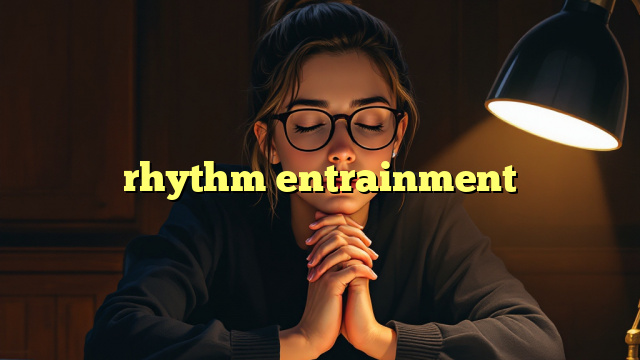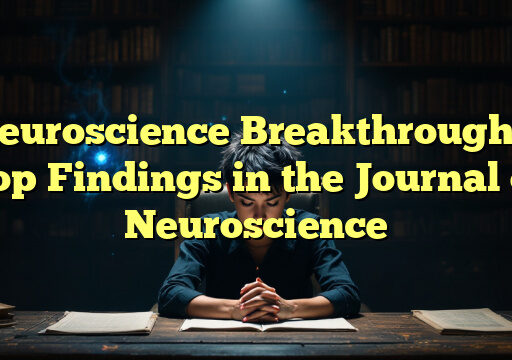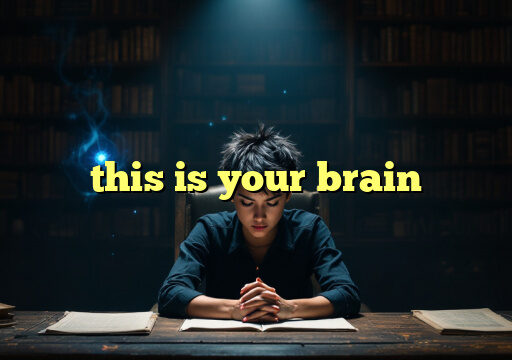Rhythm entrainment is a phenomenon where individuals synchronize their body's internal rhythms to an external rhythm or beat. This process has been studied extensively in the fields of psychology, neuroscience, and music therapy, and has been shown to have numerous benefits for mental and physical health.
Benefits of Rhythm Entrainment
One of the key benefits of rhythm entrainment is its ability to regulate and improve the body's internal rhythms, such as heart rate, breathing, and brain waves. By syncing these rhythms to an external beat, individuals can experience increased focus, relaxation, and overall well-being.
Rhythm entrainment has also been used to treat a variety of conditions, including anxiety, depression, and cognitive disorders. Studies have shown that regular practice of rhythmic activities, such as drumming or dancing, can have a positive impact on mood, cognition, and emotional regulation.
How Rhythm Entrainment Works
When individuals engage in rhythmic activities, such as listening to music or moving to a beat, their bodies naturally begin to synchronize with the rhythm. This process, known as entrainment, involves the alignment of neural oscillations in the brain with the external rhythm, leading to a state of heightened focus and coherence.
By engaging in rhythmic activities on a regular basis, individuals can train their bodies and brains to more effectively respond to external rhythms, resulting in improved attention, memory, and emotional regulation. This can have a profound impact on overall health and well-being.
Applications of Rhythm Entrainment
Rhythm entrainment has been used in a variety of settings, including music therapy, dance therapy, and meditation practices. In music therapy, rhythm entrainment is often used to help individuals with cognitive or emotional disorders improve their mood and cognitive function.
In dance therapy, rhythm entrainment is used to help individuals express themselves creatively and connect with their bodies in a meaningful way. In meditation practices, rhythm entrainment can be used to deepen the meditative state and enhance self-awareness.
Conclusion
Rhythm entrainment is a powerful tool for improving mental and physical health, with numerous benefits for overall well-being. By synchronizing the body's internal rhythms to an external beat, individuals can experience increased focus, relaxation, and emotional regulation. Whether through music therapy, dance therapy, or meditation practices, rhythm entrainment offers a unique way to enhance cognitive function and emotional well-being.
FAQs
What is rhythm entrainment?
Rhythm entrainment is the process of synchronizing the body's internal rhythms to an external beat or rhythm, often through activities such as music, dance, or meditation.
What are the benefits of rhythm entrainment?
Rhythm entrainment has been shown to improve focus, relaxation, and emotional regulation, as well as treat conditions such as anxiety, depression, and cognitive disorders.
How does rhythm entrainment work?
Rhythm entrainment works by aligning neural oscillations in the brain with an external rhythm, leading to a state of heightened focus and coherence.
What are some applications of rhythm entrainment?
Rhythm entrainment is used in music therapy, dance therapy, and meditation practices to help individuals improve mood, cognitive function, and self-awareness.





